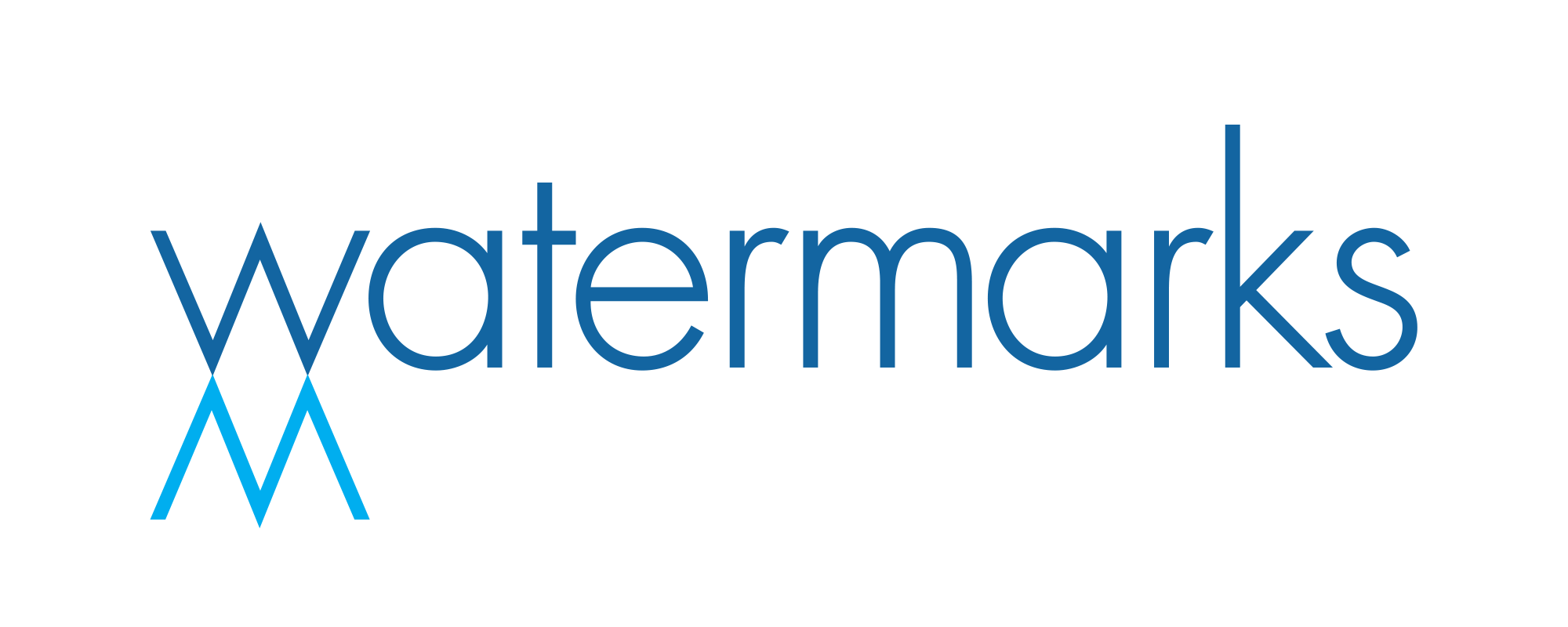Dr. Dong-Fang Deng: Researching Aquaculture Nutrition
Meet Dong-Fang. She’s a nutritionist researching better fish feeds to support the aquaculture industry and conservation efforts. Dong-Fang works with students ranging from high school interns to international postgraduates. Her dynamic team learns from one another as they tend to many species of fish—including yellow perch, rainbow trout, Atlantic salmon, tilapia, and even lake sturgeon—in the School of Freshwater Sciences’ extensive aquaculture lab.
In Milwaukee, Dong-Fang is pushing at the frontiers of the global aquaculture industry as a whole.
As the human population continues to grow and global fisheries face further stress, aquaculture is expected to become an increasingly significant part of humankind’s portfolio of food strategies. Fish are nutritious and—relative to other animal protein sources like cattle or pork—require less feed to produce the same amount of product. But there’s a catch. Most fish feed comes from wild-caught fish. In order to raise fish sustainably, alternate protein sources for fish feed are therefore in high demand.
Dong-Fang notes that much research has been done exploring soybeans and corn as a “next generation” fish food, but the drawback to relying on those crops is they require a lot of land, energy, and water. Dong-Fang and her lab are interested in exploring other fish meal alternatives, including algae, duckweed, food waste, or even insect protein. Dong-Fang’s current research in 2020-2021, funded by the U.S. Department of Agriculture, explores alfalfa leaf protein. If this strategy proves viable, she notes it would help both the aquaculture and agriculture industries by dramatically expanding the market for alfalfa crop.
She finds her work motivating. “If you feel that your work can help out society, can help out the industry,” she says, “you have the passion.”



